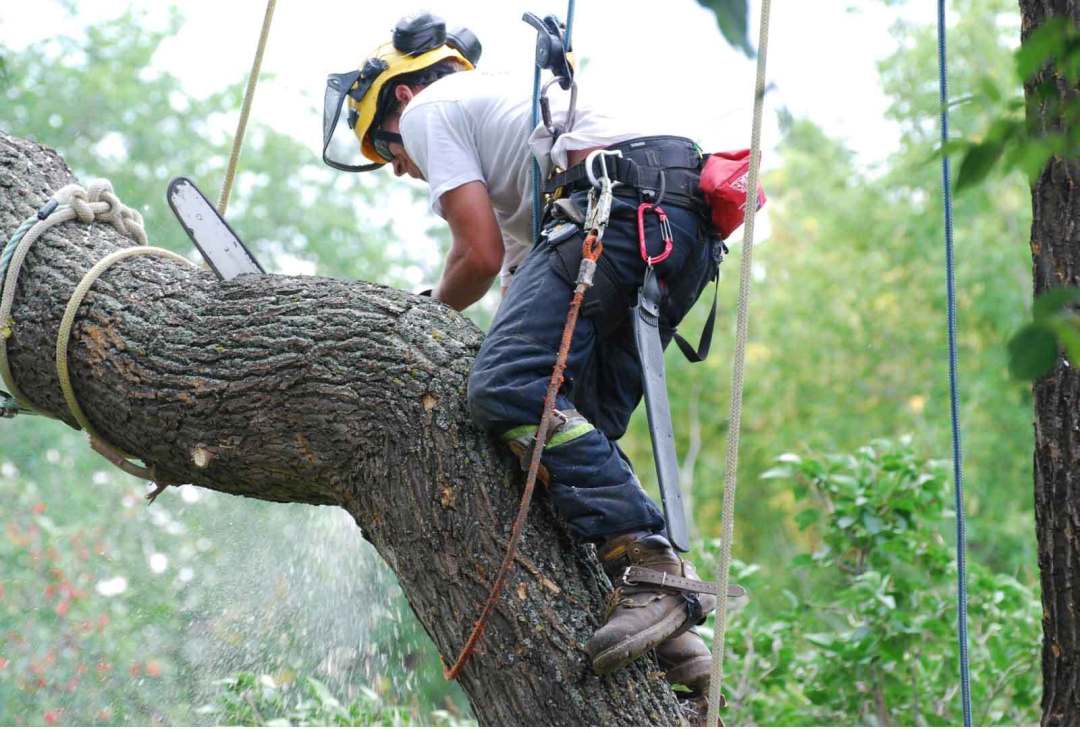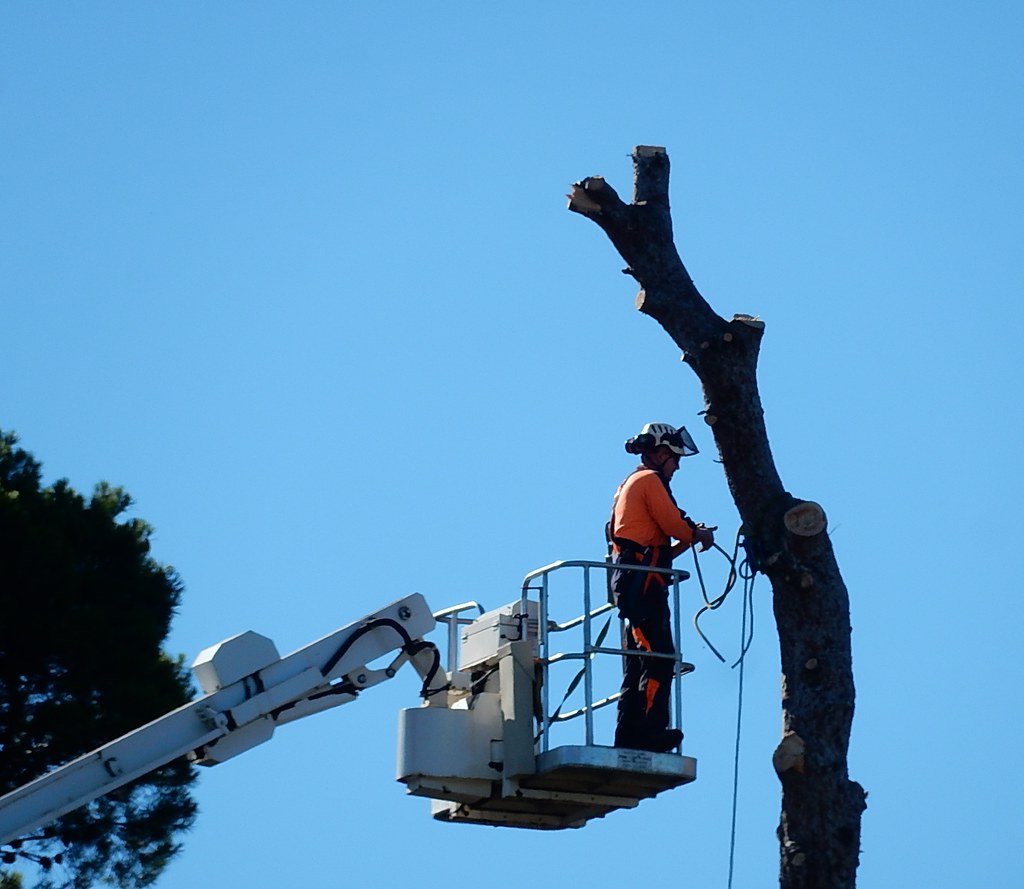Introduction
In the realm of land management, understanding how to prepare your property for new growth is crucial. Whether you're planning to cultivate a garden, build a home, or create a recreational space, the process begins with effective land clearing. This article delves into the essential practices involved in land clearing, including tree lopping, tree removal, stump removal, and much more. With comprehensive tree care information and expert insights on pruning techniques and tree transplanting, you'll be equipped to tackle any project that involves revitalizing your landscape.
Land Clearing Essentials: Preparing Your Property for New Growth
When it comes to transforming a piece of land into a vibrant area for future development or cultivation, land clearing is your first step. This multifaceted process involves several key activities designed to remove obstacles and prepare the soil for new growth. From understanding the local ecosystem to implementing effective tree care practices, every detail counts.
What is Land Clearing?
Land clearing refers to the process of removing trees, shrubs, and other vegetation from a designated area. This can be done for various reasons including agriculture, construction, or landscaping projects. It's crucial to approach this task with care and precision.
The Importance of Land Clearing
Why is land clearing so vital? The answer lies in its potential benefits:
- Enhanced Soil Quality: Removing unwanted vegetation can improve soil fertility. Pest Control: A cleared area can reduce habitats for pests that may harm your plants. Safety: Clear land minimizes risks associated with falling branches or uncontrolled vegetation fires.
Understanding Tree Lopping and Its Benefits
Tree lopping involves selectively cutting branches from trees to improve their shape or health. While some might consider it merely aesthetic work, it's an essential practice within tree care.

Benefits of Tree Lopping
Improved Tree Health: Regular lopping helps maintain proper airflow and sunlight exposure. Aesthetic Appeal: Well-lopped trees contribute positively to the landscape. Safety: It reduces the risk of branches breaking during storms.When Should You Consider Tree Lopping?
Not all trees require lopping at the same time. Factors include:
- Species of the tree Age Current health status
Tree Removal: When Is It Necessary?
Sometimes trees must go—especially when they pose risks or become diseased beyond recovery.
Signs You Need Tree Removal
- Visible decay or disease Severe leaning Roots damaging nearby structures
Choosing Professional Help for Tree Removal
Tree removal can be hazardous work requiring specialized equipment and expertise. It’s often best left to professionals who understand local regulations and safety protocols.
Stump Removal: A Key Component in Land Clearing
After removing a tree, you’re often left with an unsightly stump that may hinder future growth.
Methods for Stump Removal
Mechanical Grinding: Using heavy machinery to grind stumps below ground level. Chemical Treatment: Applying chemicals to accelerate decomposition over time. Manual Extraction: Digging out roots by hand—a labor-intensive but thorough method.Essential Tree Care Practices During Land Clearing
Once you've cleared your land, it’s important to adopt proper tree care practices if you plan on planting new greenery.
Pruning Techniques That Promote Healthy Growth
Pruning involves cutting away dead or overgrown branches to encourage healthy growth patterns in trees you intend to keep.
Types of Pruning Techniques:
Crown Thinning: Enhances light penetration. Crown Raising: Involves removing lower branches for clearance. Crown Reduction: Reduces height while maintaining shape.Tree Transplanting Tips
If certain trees need relocating rather than removal, successful transplanting can set them up for continued growth elsewhere on your property.
Steps for Successful Tree Transplanting
Assess the best time for transplanting based on species. Prepare the new site before digging up the tree. Carefully dig around roots without damaging them. Water well after replanting to help establish roots in their new location.FAQ Section
1. What are common tools used in land clearing?
Common tools include chainsaws for tree removal, stump grinders for stump removal, and hand tools like shovels and axes for smaller jobs.
2. How do I know if my trees need lopping?
Look for signs such as overgrowth affecting nearby structures or lack of sunlight reaching lower branches—these indicate that lopping may be beneficial.
3. Can I clear my land myself?
While small areas can be managed by homeowners with basic tools, larger projects often require professional assistance due to safety concerns.
4. Is there a best season for stump removal?
Late winter or early spring is ideal since many trees are dormant during this time; however, check specific guidelines based on local climate conditions.
5. What should I do with cleared debris?
Consider composting organic materials or hiring professionals who can dispose of waste responsibly according to local regulations.
6. How long does it take for transplanted trees to establish themselves?
Generally speaking, newly transplanted trees take about one growing season (one year) before they begin establishing robust root systems in their new location.
Conclusion
Land clearing is more than just removing what stands in your way; it’s about preparing your property thoughtfully and sustainably so new growth can thrive effectively afterward. By understanding practices like tree lopping, stump removal, pruning techniques, and transplanting methods—alongside adopting proper tree care—you'll pave the way toward creating a flourishing landscape tailored perfectly to your needs.
Ultimately investing time tree lopping townsville into these essential processes will not only enhance your immediate environment but also contribute positively towards biodiversity and ecological balance on your property—making responsible choices today leads us towards greener futures tomorrow!
